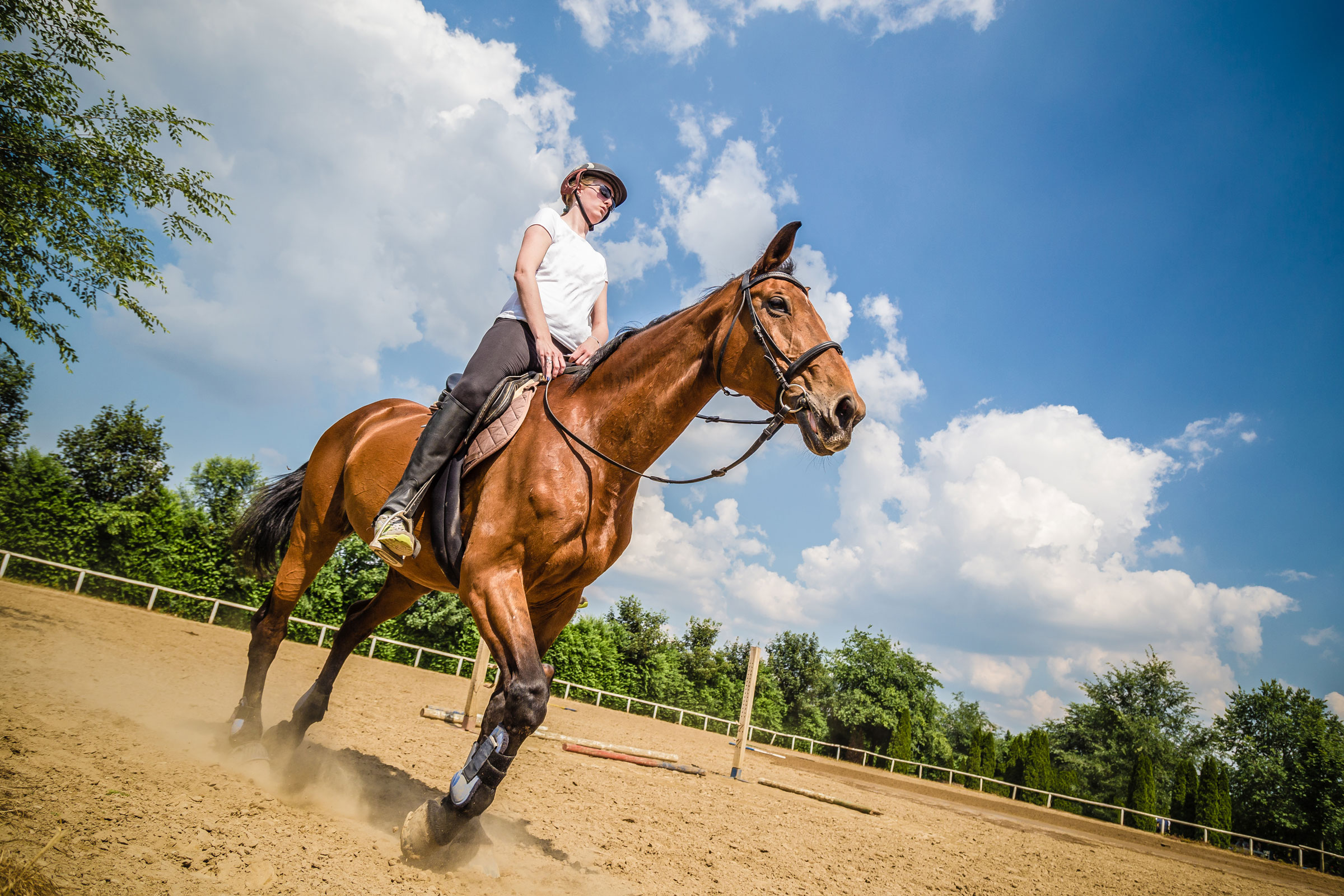
Editor’s note: This month, Stable Management is tackling the issue of hiring outside instructors who come to your facility to teach riding lessons. There can be pros and cons to this decision, and we’ll give you tips to help you decide what might be right for your equine business.
Before working with outside trainers or instructors, you’ll need to decide if you’ll allow the individual to use your horses and equipment. As with any business arrangement there can be advantages and pitfalls.
Stables that own a lesson string, but don’t have enough (or the right) staff to maximize the program, might choose to allow outside instructors to use their horses. Often these horses already have corresponding tack, and that means the outside instructor would be using that, too.
In those situations, it’s critical to know the individual’s experience working with horses. Ask for references, observe the individual handling a horse and test them with your current clients for few lessons to be sure they have the skills they claim to possess before you come to an agreement.
Allowing a trainer to use barn-owned horses and equipment means that the fee you charge them to teach on your property should be higher than if they had their own horses or were only teaching people who had personal horses. Whether you choose a flat fee or a percentage, it’s important to set a rate that covers the overhead expenses associated with routine costs like feed, veterinarian and farrier bills. Also include wear-and-tear on tack, equipment and horses.
Rider safety and treatment of the horses is the number one concern when allowing someone not on your staff to use your animals. However, it’s also important to monitor the individual’s use of tack and equipment so that it is maintained according to your standards and doesn’t disappear.
Barns that choose not to let outside trainers use their horses on a regular basis might have specific situations where it is allowed. Kaitlin Curington, executive assistant to the president at Fasttrack Staffing, Inc., is also a head trainer and stable manager and has experience working with outside trainers. She does not allow outside trainers to use barn horses unless the rider has already been riding a specific horse.
“If a student has already been paired with a specific horse, I’ll let that client ride the horse in a lesson with an outside instructor,” she said.
Decide in advance which approach will work best for your barn and be consistent. And make sure that all liability exposure is addressed and covered.


